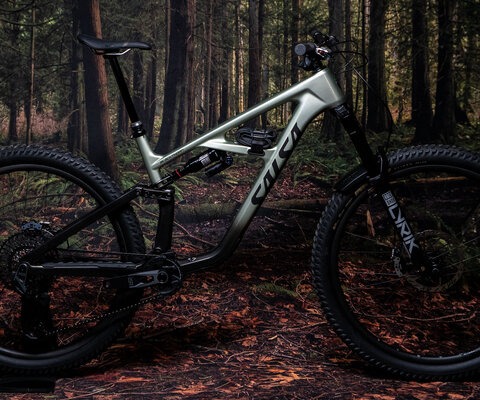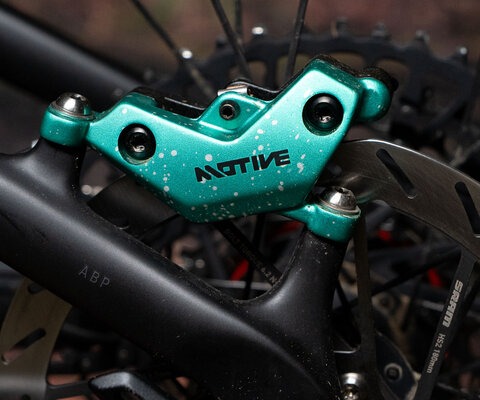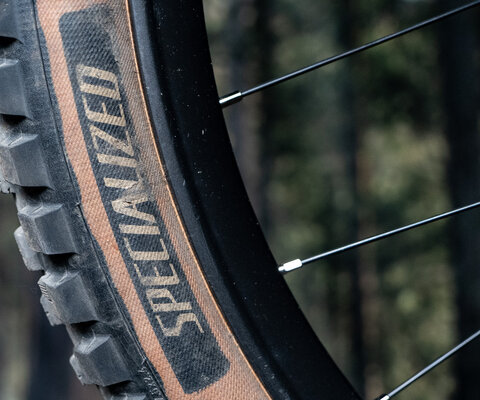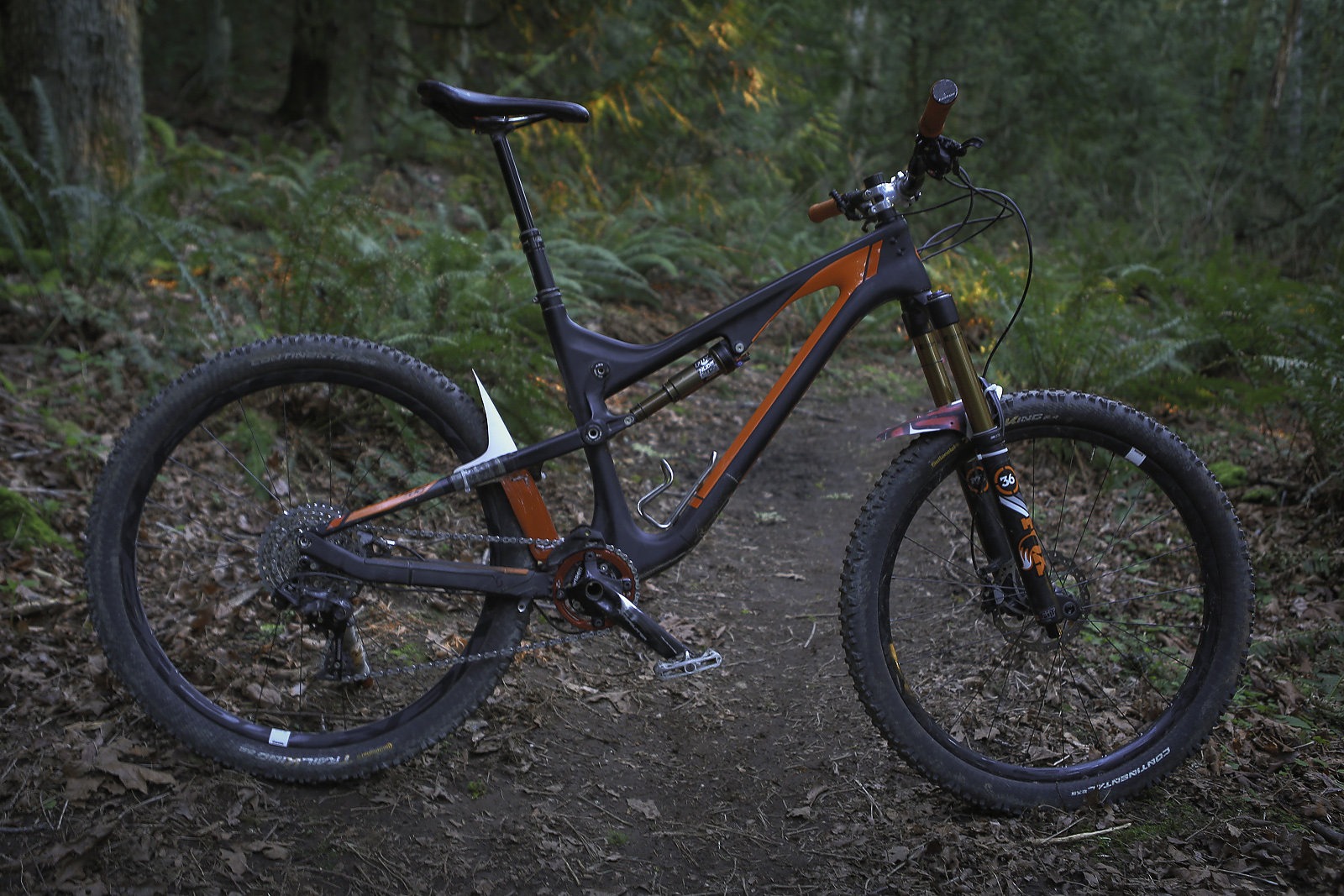
Scott Genius LT Review
A bike that can handle any line choice
The Scott Genius line boasts a long history of development. It has been 12 years to be exact. Scott has now taken the Genius and fed it some steroids. The Genius LT handles all varied terrain with efficiency and precision; watches, skis, bikes…precision is in the Swiss DNA. Upon initial take off from the home garage in Bellingham, it was obvious that the Swiss got it right again. The LT is a fully capable, long travel trail bike with exquisite adjustability and finds a healthy checkmark in the “do-it-all” style box. At 27 lbs. (without pedals) the Genius LT can climb like a jungle gorilla and descend like a demon. It is certainly no XC mountain goat, but the Genius LT has never tried to hold such claims. Botch a climb? Blame those skinny little legs or the excess of beer the night before, not the bike. Blow a line on the decent and lose sight of your buddy ahead? Again, take a look in the mirror. Bikes are only as fast as the rider, and the LT makes even the mediocre rider feel like superman (or woman). Whether you are heating up brake pads in the steeps, accelerating out of the corners, launching jumps first and spotting landings later, or monster-trucking through the straights of chunder, the Genius LT can handle it.
The Scott Genius LT satisfies the newfangled and ever expanding market that is….dare we say…Enduro. Lots of that word around now, spreading like wildfire in dry forest. But is more than just Enduro. It is the natural, common thread that connects super alien-like rippers and casual riders alike; the drive to be wild and free, to simply go play in the woods. Ride up, fly down like little bunny rabbits bounding through the forest. We riders want a utilitarian, long-travel bike that pedals with XC efficiency yet descends like lightweight a short travel DH rig with a bad attitude. The market demands a sub 28 lb. bike that pedals well and descends better. It must be easily maintainable and pleasing to the eye.
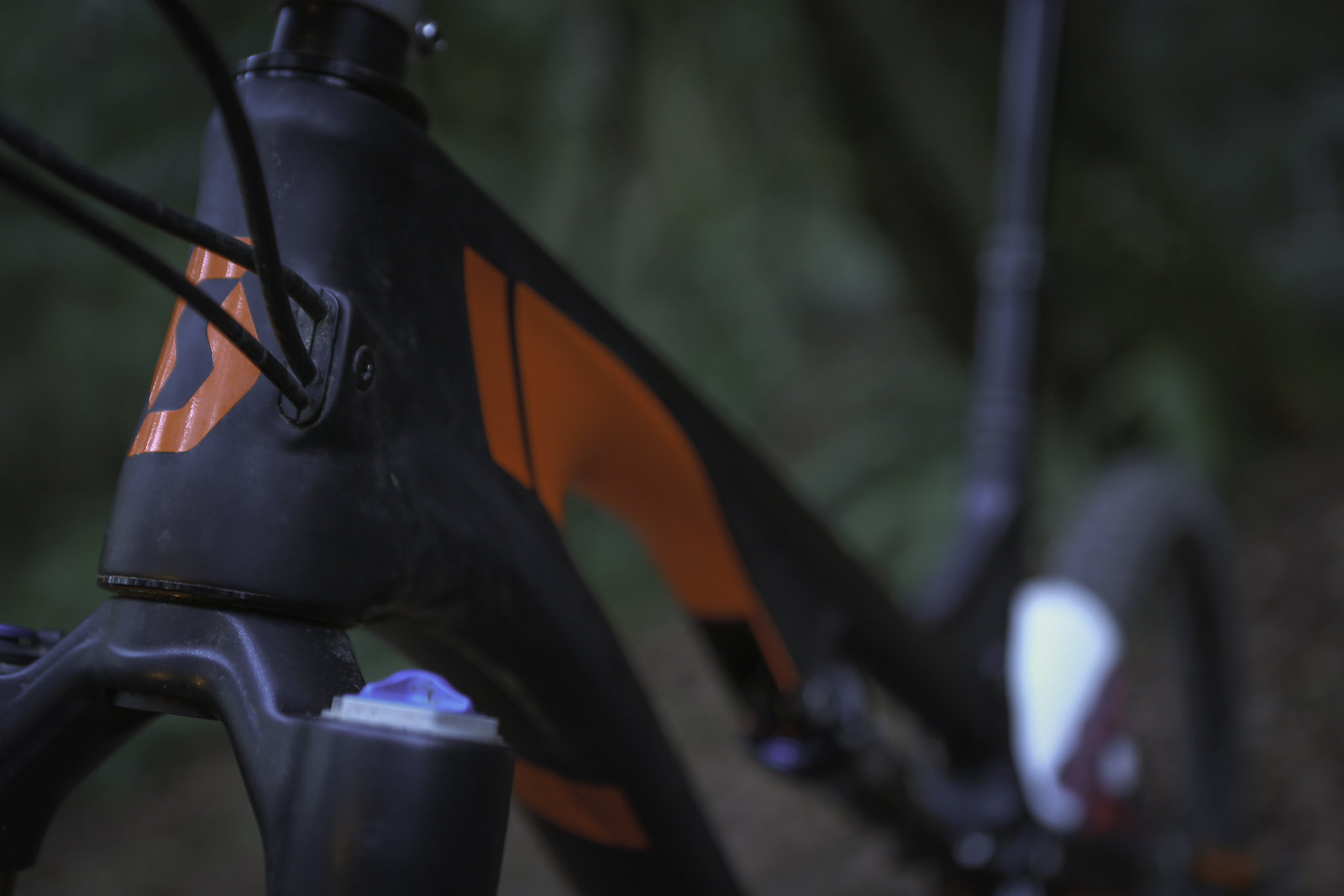
Design Basics
- Superlight weight Trail/Enduro Bike, Full Carbon Frame w/IMP technology
- TwinLoc Technology offering the following three settings:
- Descend, Open 170mm travel, full air volume, supple damping
- Traction Control 135mm travel, reduced volume, increased damping
- Climb, Closed 0mm travel, reduced volume, locked-out
- Fox NUDE Suspension
- Forged Mono “U” Link W/Adjustable Geometry
- IDS-SL Dropouts (Interchangeable Dropout System-Super Light)
- Oversized Pivots
- Direct Post Brake Mount
- 27.5 Wheelsize
- Internal Cable routing
- Chainblocker and ISCG Mounts
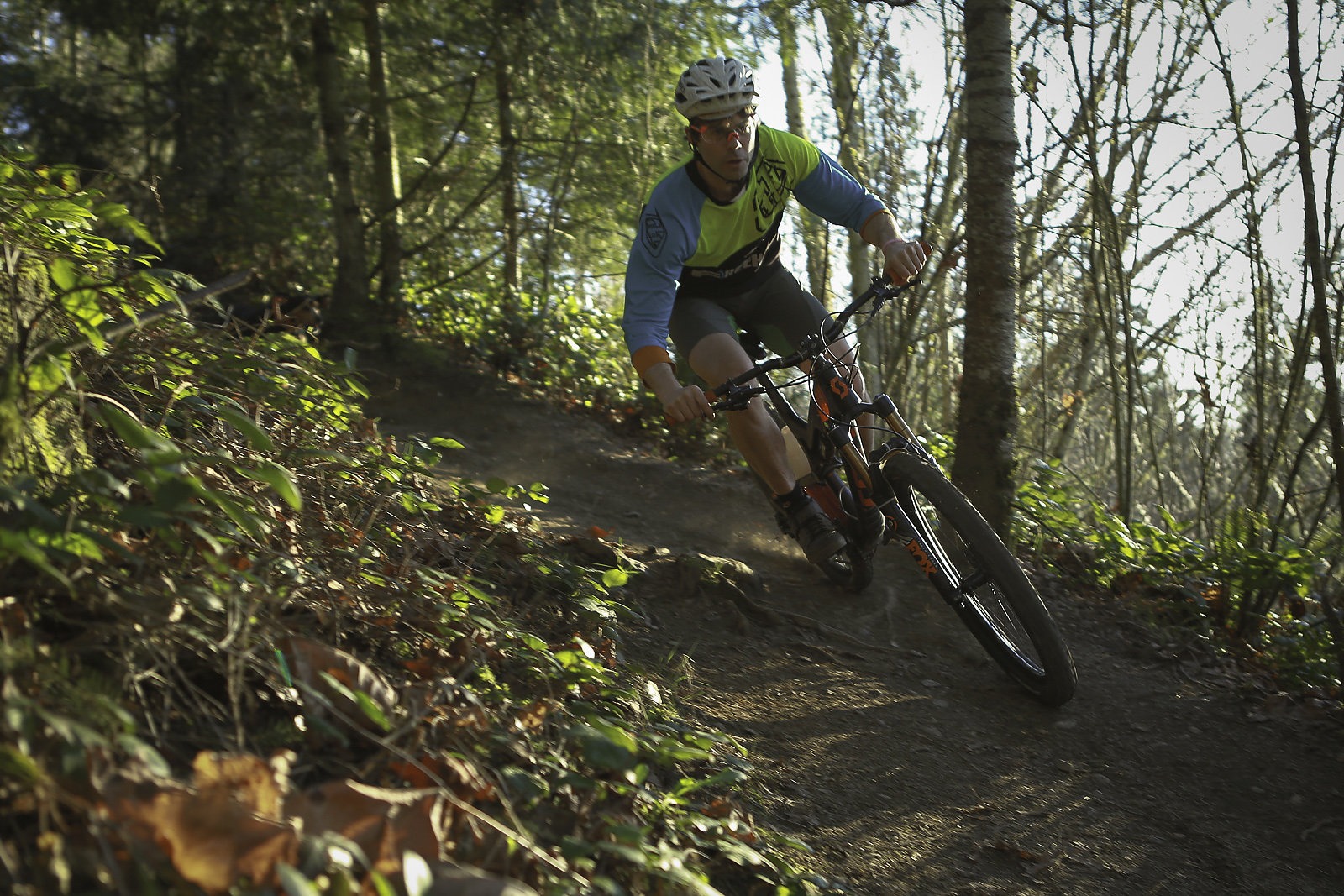
The Lowdown
Three themes came to mind when we first unpacked the Genius LT; fast, logical, and versatile. The bike is designed to conquer all terrain. The recent partnership between Scott and Fox ensures a properly tuned machine that operates with both efficiency and confidence. In working with some of the best riders in the world, Scott and Fox were able to design a suspension system with a bar-mounted TwinLoc lever that delivers riders ultimate versatility. The flick of a thumb switches between three modes. The use of two internal air chambers allows you to adjust the volume of the shock. This, in turn, adjusts the damping characteristics. A clever, minimalistic linkage and full carbon fiber swingarm marry to form a rear end that is extremely light and super stable. By rotating an insert in the shock hardware, riders can change their LT from a “High or Low” setting. This can be done easily on the trail.
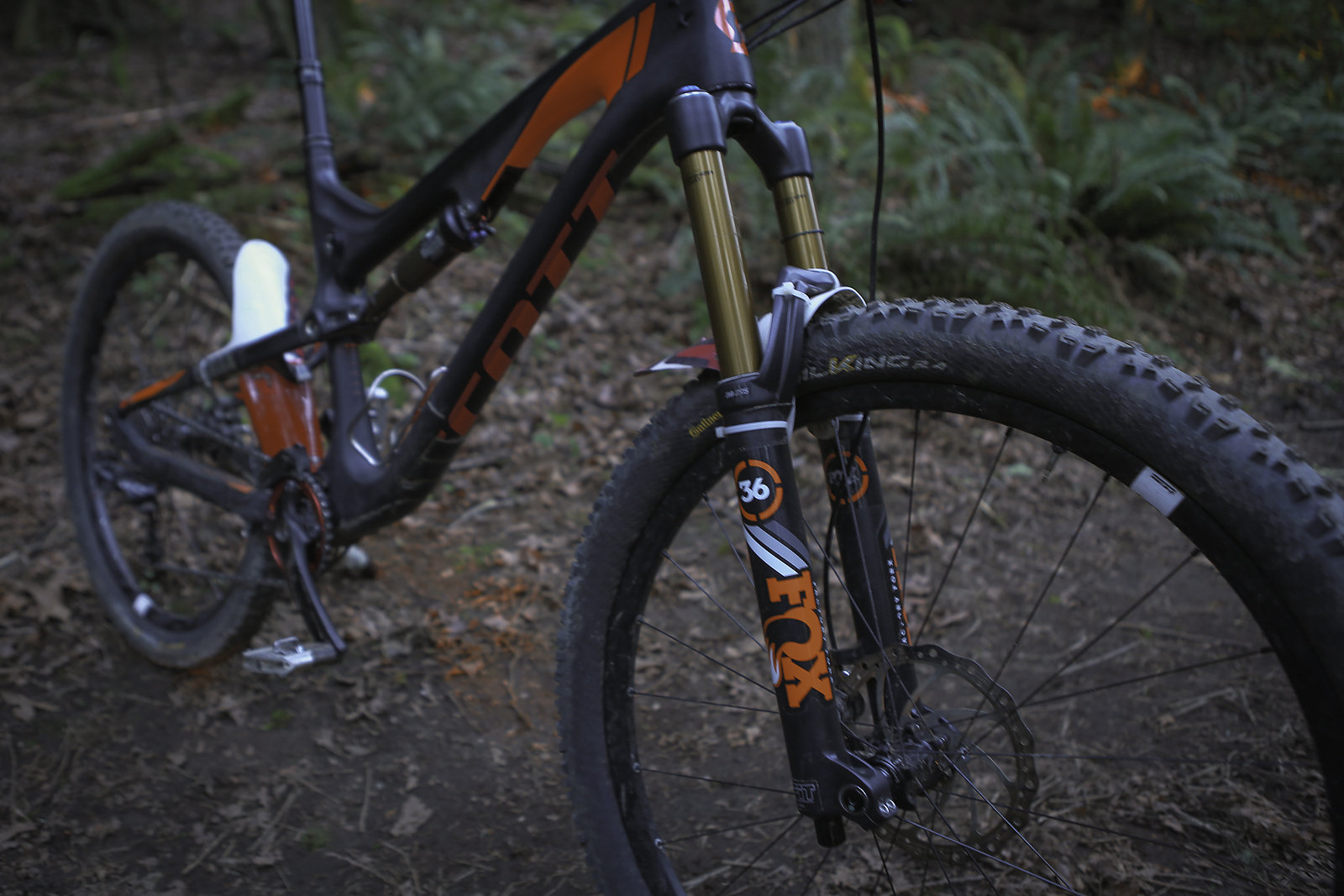
With that flip in the shock hardware, one achieves two geometries and two different handling characteristics. We appreciated this simple adjustability. No loose linkage on our extensively abusive test rides and race season, but we always regularly check with the proper torque wrenches. The shock’s eye-to-eye length does not change during this process.
The 170mm FOX Float 36 CTD (Climb, Trail, Descend) can be adjusted via the TwinLoc remote on the bar. The fork remains at 170mm travel in both Descend and the middle Traction/Trail mode. In Traction mode, the front end of the bikes becomes steeper, making for better climbing performance. This is especially evident when the trails become steep and the front end “light” due to the increased grade. Once we moved the 36 mm stanchions out, and replaced them with 36 mm Fox Kashima coated forks, that bike truly became a beast.
The Easten Haven wheels are light, stiff, durable, and come tubeless ready. The wheels did well for the entire race season. Other than a few broken spokes, we had no issues. The wheels were confidence inspiring. No one likes hammering a corner and flexing the wheels like a WWF wrestler.
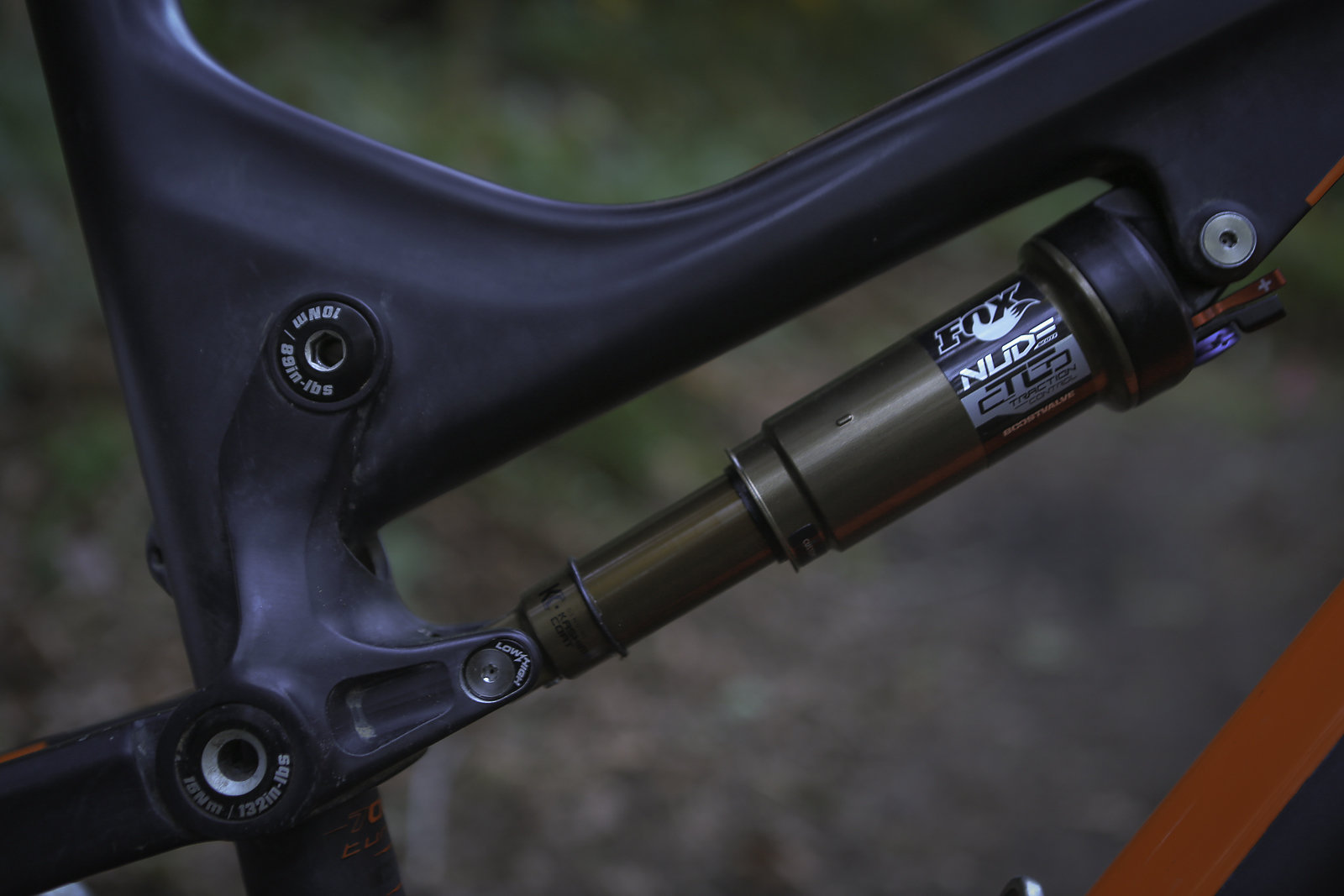
The SRAM X01 drivetrain shifted flawlessly. We definitely had plenty of gear range to get up the steepest of climbs. The clutch derailleur was consistent and only heated up and lost tension after really long, hot runs down the course. Our e*thirteen chainguide and 34-tooth chainring kept the chain out of the dirt. Dropped chains; not this season. The additional 3M Mastic tape in strategic areas helped reduce the slap as well as protect the frame from rocks slapping the frame during high speed sections.
FSA Trail brakes were extremely consistent with plenty of power and excellent modulation. Light switch brakes be gone! We were pleased the brakes did not fade. The brakes were not grabby nor did they cause the rider to lurch due to an unexpected power change while squeezing the lever. The most noticeable benefit of this brake was the consistent modulation. We were able to run faster lap times when our tires stayed connected to the dirt; very little skidding with these brakes. Riders can control the power with increased/decreased finger pressure, eliminating the feeling of a brake that is either “On” or “Off.” Bravo FSA.
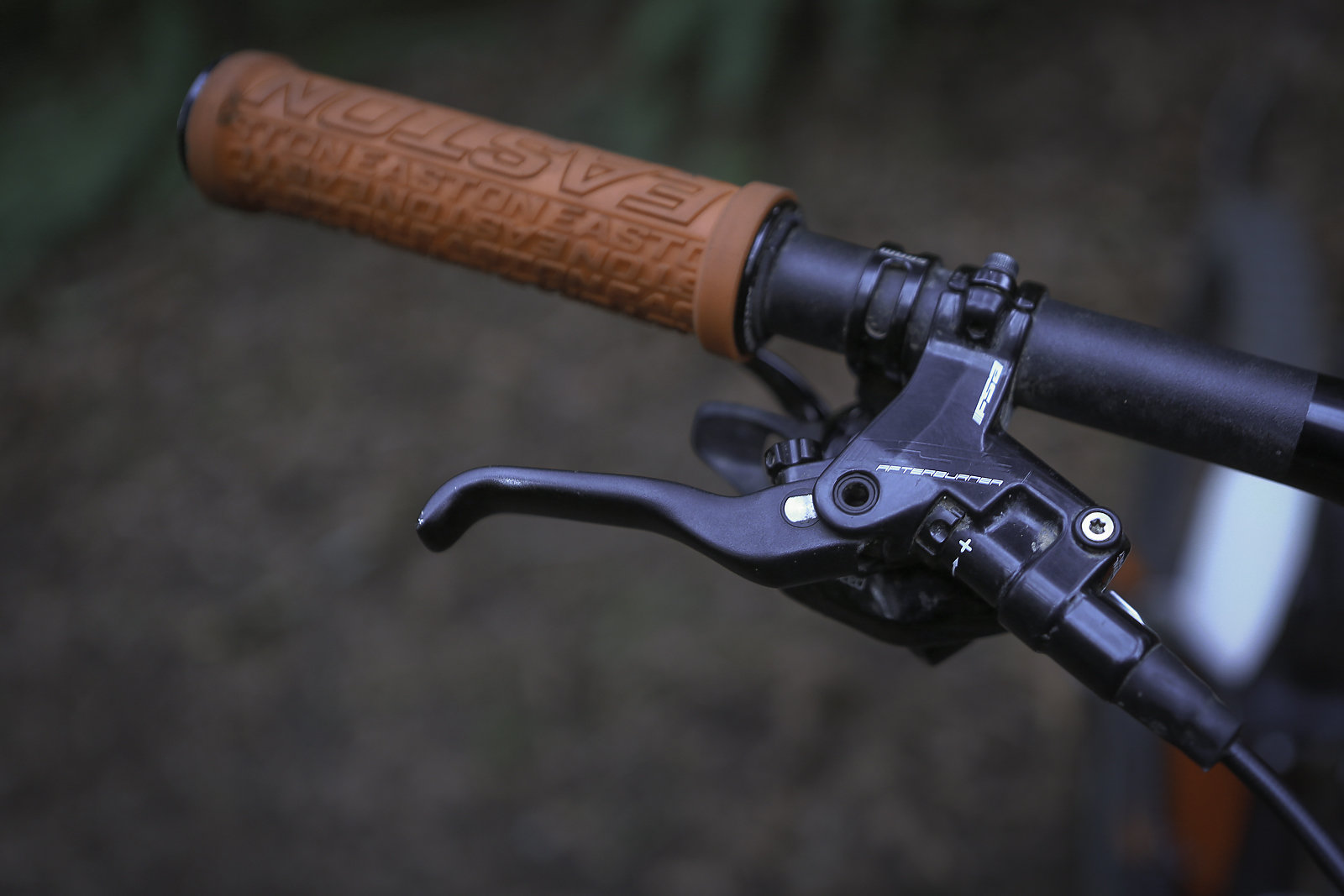
On the Trail
We immediately felt confident on the Genius LT. Thanks to the relaxed geometry, long wheel-base, adjustable suspension, ultra-stiff, lightweight chassis, and gobs of suspension. Armed with a 35mm FSA Gravity Light stem and 790mm wide bar, the cockpit was roomy and comfortable. We found the top tube length on our size large race bikes to be comfortable at 6’2” with an upright pedaling position. Given the slack nature of the Genius LT, we outfitted the bike with 170mm length cranks from our friends at FSA. This adjustment away from the original 175mm length was extremely beneficial and definitely recommended. We found too many pedals striking roots and rocks. The increased pedal clearance was enjoyable. Upon first pedal stroke it was apparent that the bike was a bred from an XC background. The Genius LT is very light in weight given its heaps of travel.
The bike felt sprite and climbed well. Only in the steepest grades did the bike wander and become feathery on the front end. When the TwinLoc was engaged the climbing performance was dramatically improved. We were able to make the most epic days possible on the Genius LT, with accents totaling 9000ft of vertical climbing in a 9 hour day. The rear tire stuck to the dirt like glue. It was a treat to stomp the cranks and get positive feedback from the drivetrain. Square bump compliance was solid. Regardless of the trail conditions, we were able to climb the bike through rocky chunder fields, baby heads, heavy steeps, and WA’s wintery, slippery puddles of mud.
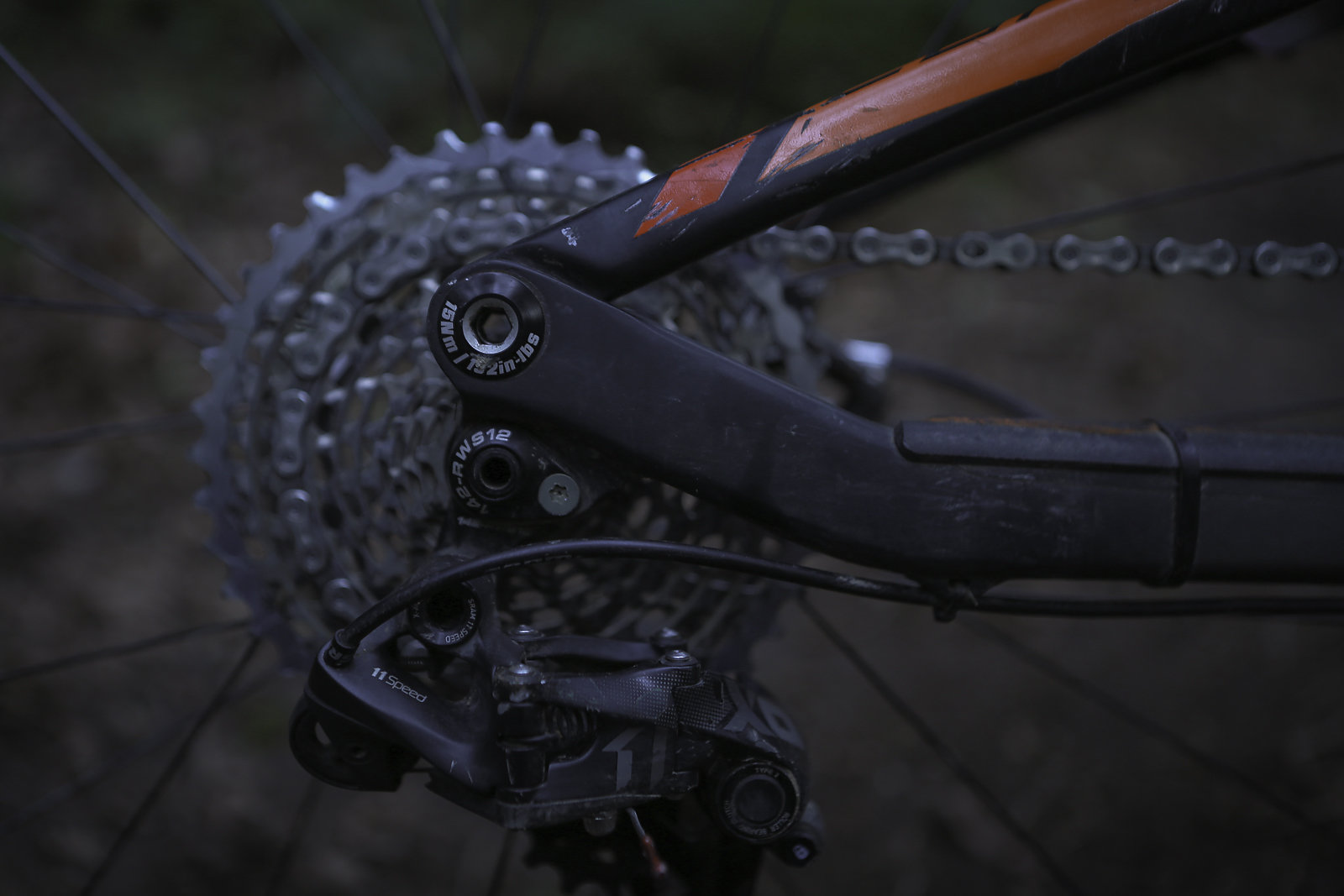
Although the Genius LT climbs well, it is clearly made for charging downhill at a high rate of speed. The descents are enhanced with all that travel, as we expected. The faster the speed of the bike, the better it rides. With the added travel of the LT comes an increased wheelbase. We felt the bike was very predictable in high speed turns and the tracking was smooth. We enjoyed the wheelbase geometry. It was only in the tightest of switchbacks did the bike ever feel long tip to tail. When the rider delivered commands in the cockpit, the Genius LT responded with impeccable balance. The nose did not dive, nor did the rear-end feel like it was stuck in buckets of quicksand.
The GENIUS LT’s tracking is smooth. Aided by the large diameter pivots and intelligent linkage design, Scott delivers a stiff rear end that goes exactly where it is pointed. There was never any wanted lateral swingarm play when things got sideways. One key word – stable. It allows the rider to just point and click, making the GENIUS LT to do the work. We immediately awakened a machine that eats trail clutter like a grizzly eats salmon. When accelerating out of the corner, the pedals were responsive, giving a little pop to reward your thighs and MPH alike.
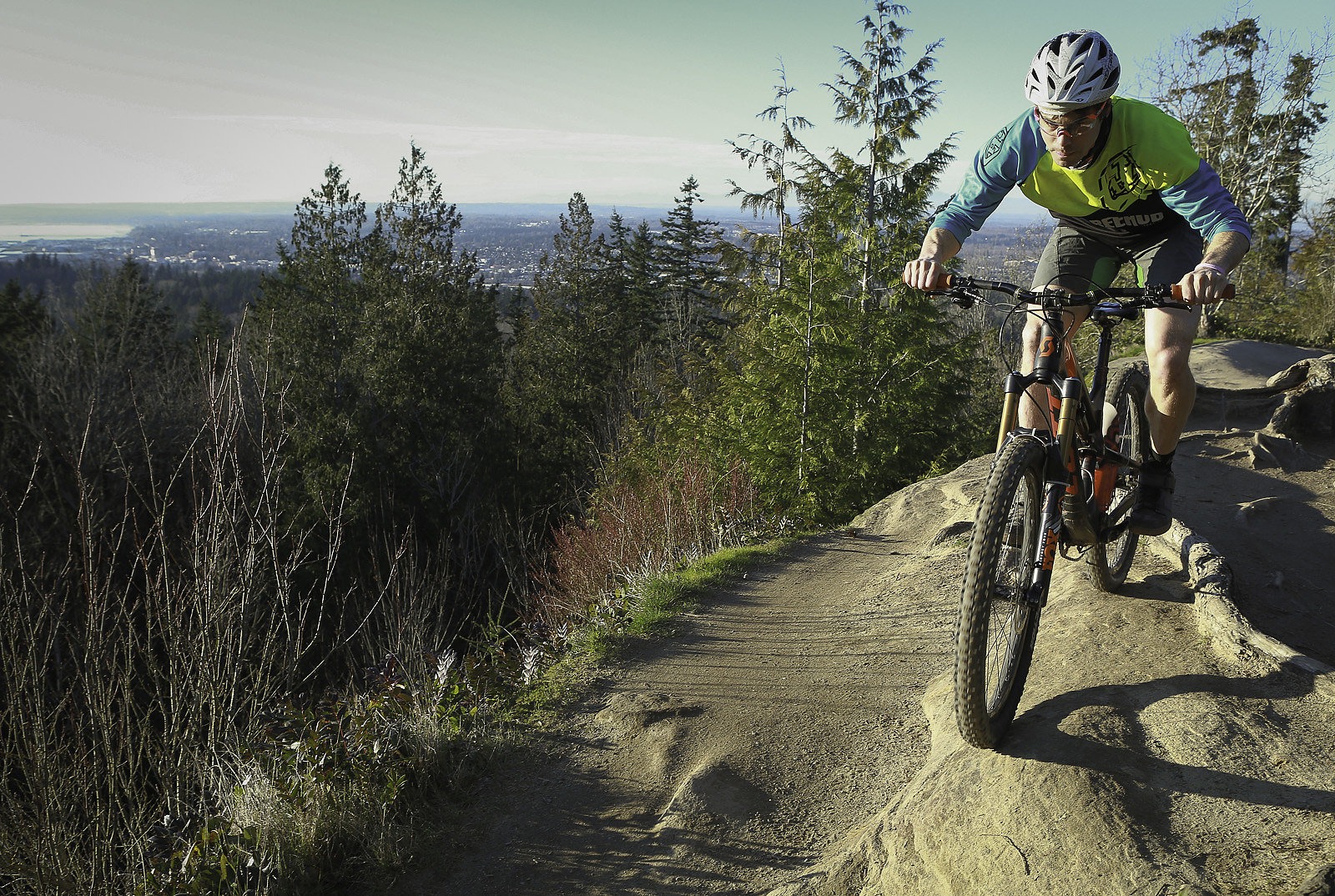
The Final Take
Scott delivers a versatile machine that dominates a wide array of All-Mountain/Trail/Enduro disciplines. It was ridden hard, crashed once or twice, and was tested by five different riders, three of which were competitive racers. The bike was able to make it through a long, tough race season. Through it all, we loved the GENIUS LT’s versatility, athleticism, high quality, and soft learning curve. Getting comfortable on the bike took all of 30 seconds and it will remain in our stable for next year’s race season.
